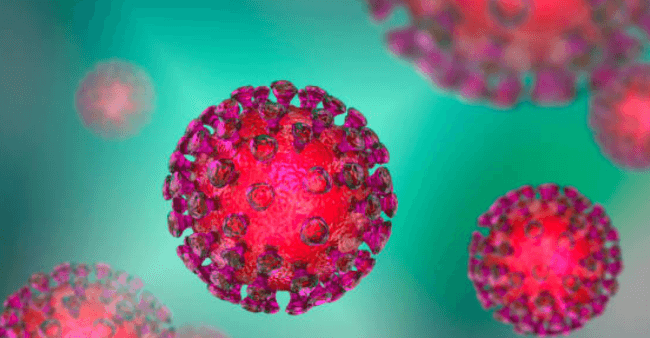HPV and Genital Warts: Diagnosis, Treatment, and Prevention Strategies

Human Papillomavirus (HPV) is a common sexually transmitted infection known for its association with various health issues, including genital warts. Genital warts are benign growths that appear on the genital and anal areas as a result of certain strains of HPV. While genital warts are not usually harmful, they can cause discomfort and distress, and the underlying HPV infection can lead to more serious health problems. In this article, we explore the diagnosis, treatment, and prevention strategies for HPV-related genital warts, shedding light on effective management and preventive measures.
Diagnosis of Genital Warts:
Genital warts are typically diagnosed through a visual examination by a healthcare provider. The characteristic appearance of genital warts includes flesh-colored or grayish growths that may be flat, raised, or cauliflower-like in texture. In some cases, healthcare providers may use additional diagnostic tests, such as:
- Acetic Acid Test: Applying a solution of acetic acid (vinegar) to the genital area can help highlight the presence of genital warts by causing them to turn white.
- Biopsy: In rare cases where the diagnosis is uncertain or there are atypical features, a small sample of tissue may be collected for biopsy and microscopic examination.
Treatment Options for Genital Warts:
Several treatment options are available for managing genital warts, including:
- Topical Medications: Prescription creams or ointments containing imiquimod, podofilox, or sinecatechins can be applied directly to the warts to help reduce their size and appearance.
- Electrocautery: Electrocautery uses an electrical current to burn off the warts.
- Surgical Removal: In cases of large or stubborn warts, surgical procedures such as excision or laser therapy may be necessary to remove the growths.
- Interferon Injections: Interferon injections may be used for recurrent or resistant cases of genital warts to boost the immune response against the HPV infection.
Prevention Strategies for Genital Warts:
Preventing HPV infection is key to reducing the risk of genital warts. Prevention strategies include:
- HPV Vaccination: The HPV vaccine is highly effective in preventing infection with the most common HPV types that cause genital warts and certain types of cancer like Oropharyngeal cancer.
- Condom Use: Consistent and correct use of condoms during sexual activity can reduce the risk of HPV transmission, although condoms may not provide complete protection against genital warts.
- Limiting Sexual Partners: Limiting the number of sexual partners and engaging in mutually monogamous relationships can help reduce the risk of HPV transmission.
Read also Getaways To Get-Togethers: The Essentiality Of Vacation Homes In Key West
Conclusion:
Genital warts are a common manifestation of HPV infection, causing discomfort and distress for affected individuals. Effective management of genital warts involves timely diagnosis and appropriate treatment to alleviate symptoms and reduce the risk of transmission. Preventive measures such as HPV vaccination, condom use, and limiting sexual partners are essential for reducing the incidence of genital warts and HPV-related health issues. By promoting awareness of HPV risks, encouraging preventive measures, and providing access to healthcare services, we can empower individuals to take control of their sexual health and reduce the burden of genital warts and HPV-related diseases.



